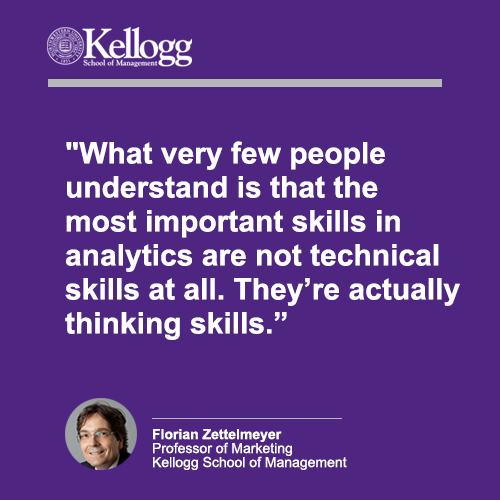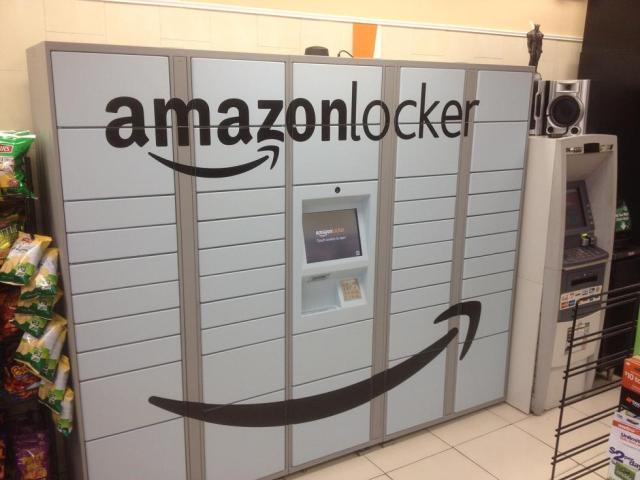A quick note about a great article I found thanks to
@guikawasaki. I am always seeking for new ways to improve my professionnal efficiency, and
I believe this article and these 8 tips are easy to set up, and work. I have just completed them with a little bit of my insights.
1- Stop multi tasking:
One man brain works like a computer (actually, it is more computers that have been designed like a human brain, but for my example let's turn it around): the more you have software open at the same time, the slower your computer will be. Be like an Ipad: Apple decided right from the beginning to have only one application at a time, to secure fast running processes.
2 - Delegate:
You can't do it all by yourself, whatever your hierarchy postion may be. You need to trust people and find way to control what they are doing. If not, you are screwed. You don't need to have a team under you to delegate. Sometimes I even delegate to my boss some work that I consider he would do better than me, due to his skills and/or hierarchy position.
3 - Use appropriate communication
This one probably requires a lot of experience. It is through experience that you know how to communicate efficiently. It is important always to work on it.
4 - Apply structure to your schedule
It is important to have an organized schedule, but also a schedule where you plan ahead of time some open loops in order to gain flexibility. Because there are always unexpected things, you need to plan ways to deal with them.
5 - Give everything a proper place
This one I may disagree a little bit. Indeed, you save time when you know where things are. But by spending too much time to range everything, then you don't focus on the things that really creates value.
6 - Time Activities
You need to know the approximate time of certain tasks in order to master your schedule. You need also to be able to seek for ways to cut the time you spend on certain activities. This is how you complete efficiency.
7 - Commit to Downtime
Need to work on that. I used to go swimming every day at my lunch break, but got hooked by my work. Need to get back on my routine. Nevertheless, I am able to see the time of the year where work gets crazy, in order to lower my work load during weaker times.
8 - Plan Projects
What really matter is to break down projects in easilly achievable goals, which lead to progress. Project planning needs to have a clear mind, in order to think through all the potential outcomes of one project.















